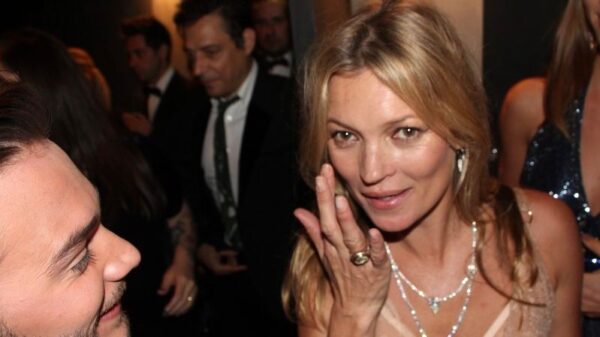Roar writer Youmna Warda on the dark side of the body positivity movement and body neutrality as a healthier perspective on body image.
It’s safe to say that we live an aesthetic-focused society created through TV advertisements and social media platforms. However, I want to put forth a seemingly “radical” idea. Why can’t we see our bodies as just that: bodies. Our functionality as human beings doesn’t lie in how “Instagrammable†our bellies look. The worth of individuals isn’t measured through their aesthetic contribution to the real or virtual world.
Seeing our bodies as neutral entities that are fueled by food and function through healthy movement, sleep and rest is so important. The human body is fluid and to set a condition to always love it, regardless of aesthetics, is simply not sustainable. Embracing body neutrality is simply accepting that there will be days where you feel beautiful yet there will also be days where you feel far from it. And that’s okay.Â
Why does the opposite of hating our bodies have to be to love them unconditionally? This can actually be a form of toxic positivity – which is unsustainable and unproductive in the long-run. The body positivity movement takes the pendulum from one end of being extremely unhappy with one’s body to completely swinging it into this whole new world of only seeing bodies as wonderful – isn’t the pendulum going to swing back eventually? Here’s where body neutrality comes into play.
Giving your body the space it needs to exist, without societal pressures of beauty, is an integral part of a healthy body image. The highs and lows of body positivity can be so unsustainable for some of us that have struggled immensely. It can actually be counter-productive to fixate on the very thing that brings on some level of self-hatred.
The beauty of body neutrality is the idea that we can actually find peace in our current body, without having to mould it into a “perfect” shape or angle. You may be wondering, why can’t we just be body positive? The message is to be positive towards our bodies, surely it can’t be that bad?
The body positivity movement has risen in popularity across social media platforms and mainstream media, but begs the question of what really is “body positivity”? The central motto within the BOPO movement is the celebration of ALL bodies, regardless of race, gender, sexuality and disability.
Hence, it challenges societal representations of the body in mainstream media. In other words, body positivity provides a safe haven for marginalised bodies’ representation and appreciation. Marketing campaigns by Dove such as the “Dove Self-Esteem” project have risen in popularity as body positivity has become ever-so trendy.
The Dove Self-Esteem project‘s mission is to “help young people all around the world build positive body confidence and self-esteem”. Brands have jumped on the bandwagon of “femvertising” to appeal to predominantly female consumers. This brings into question the integrity and authenticity of these messages. Are they really body positive? Or are they just trying to sell you a body lotion?Â
Moreover, the movement has risen in popularity on social media platforms such as Tiktok. A quick search under #bodypostivity would show mostly white women who have an “acceptable†amount of fat on their bodies. Consequently, there is a continuous erasure of the bodies within this movement.
The popularisation of body positivity has led to a betrayal of certain bodies, in favor of other already “normalised bodies”. “Normalise normal bodiesâ€. What is a “normal†body to an audience that’s been used to years of unrealistic beauty standards? There is certainly an incomplete and shaky messaging within the movement, especially with just how popular it has become.
Don’t get me wrong, I do believe that Body Positivity is an essential movement. However, that does not mean that it’s not subject to some level of critique. For instance, Body Positivity is linked to toxic positivity. Toxic positivity is the fixation on “positive” emotions, regardless of one’s emotional pain or suffering. In other words, the notion that we should force ourselves into consistently feeling positive about our bodies can actually do more harm than good.
This is ever more toxic to people suffering from eating disorders or body dysmorphic tendencies. The “shoving under the rug” of negative body image can actually slow down recovery. Forcing ourselves to feel positive about body parts that we may never like, is certainly not the answer.Â
Whether you’re a proponent of body positivity or body neutrality, it’s important to reflect on the sustainability of such movements. I’m certainly an advocate of body neutrality as it suits my lifestyle and mental health needs. I don’t find myself obsessing over every crevice of my body or forcing myself to love parts I don’t necessarily like very much. Body image is invariably a touchy subject. It’s important to understand your unique, individual needs to build a healthy relationship with your body.
Youmna Warda















